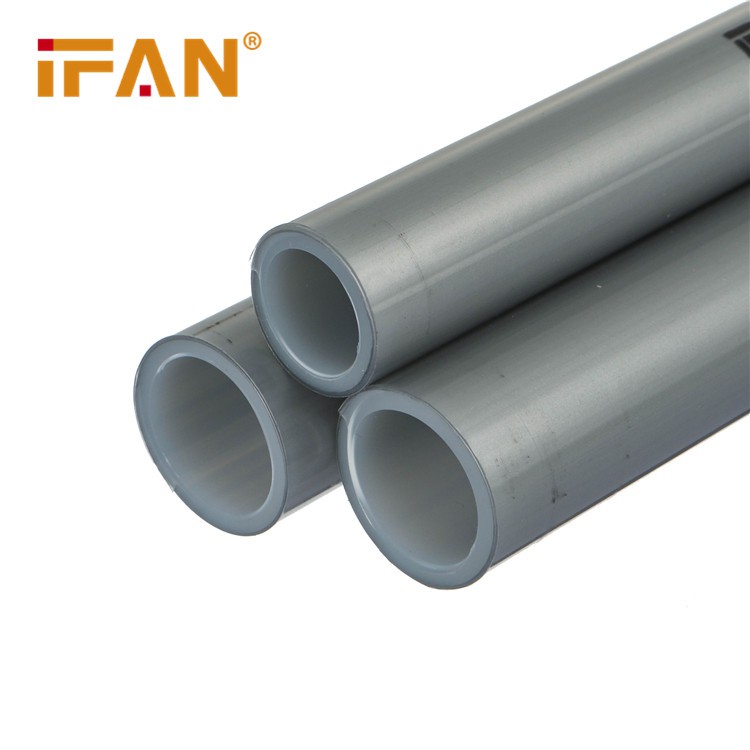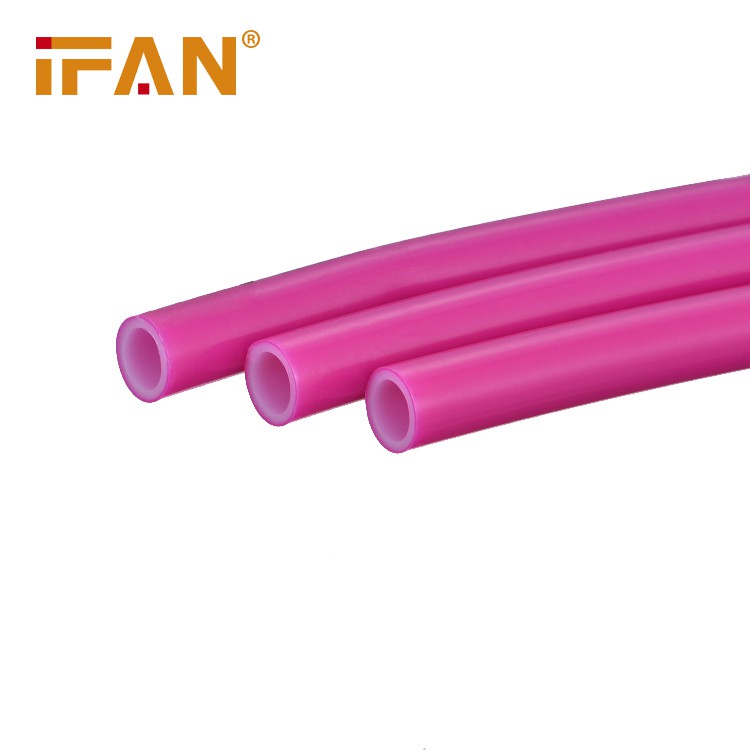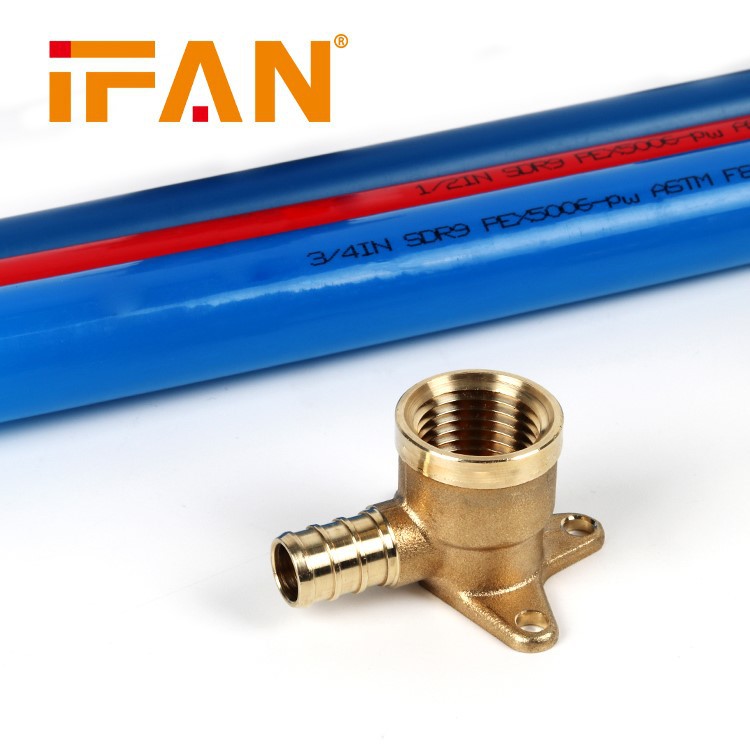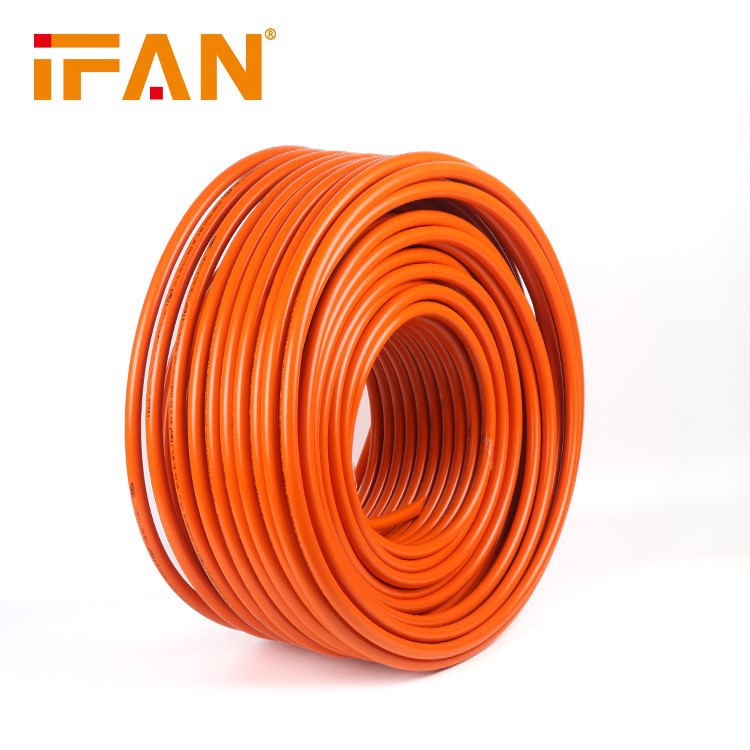PEX (cross-linked polyethylene) piping has been gaining popularity in plumbing systems due to its flexibility, durability, and easy installation. It has several advantages over traditional plumbing materials like copper, galvanized steel, and CPVC (chlorinated polyvinyl chloride).

One of the significant advantages of PEX piping is its flexibility. It can easily bend and curve around obstacles, making it easier to install in tight spaces, especially in retrofit and remodeling projects. The flexibility also means that fewer fittings are needed, reducing the risk of leaks and reducing the overall cost of installation.
PEX piping is also highly resistant to corrosion, scaling, and chemical attack, making it suitable for hot and cold water applications. It is also less likely to burst or freeze due to its flexibility and strength, making it ideal for cold climates. In addition, PEX pipes are quieter than metallic pipes, reducing the noise of water movement.
Another reason why PEX piping is good for plumbing is that it requires fewer joints than other types of piping, reducing the likelihood of leaks. PEX pipes come in long rolls, reducing the need for connections and reducing the overall cost of installation.
PEX pipes are also better for health and safety. PEX pipes do not contain lead or other harmful chemicals, unlike some metallic pipes. The material is also resistant to bacteria and biofilms, which means that water quality is not compromised.
Overall, PEX piping is good for plumbing due to its flexibility, durability, chemical resistance, sustainability, and ease of installation. It is an excellent alternative to traditional plumbing materials and has become increasingly popular among homeowners, contractors, and plumbers. With proper installation and maintenance, PEX piping can last for decades, making it an ideal solution for today’s modern plumbing systems.

Generally speaking,Pex pipes are commonly used in a variety of applications due to their flexibility, durability, and ease of installation. Some of the most common uses of Pex pipes include:
1. Plumbing systems: Pex pipes are widely used in plumbing systems due to their corrosion resistance, high temperature resistance, and flexible design, which allows them to be easily installed in tight spaces.
2. Radiant heating systems: Pex pipes are commonly used in radiant heating systems, which use heated water to warm the floors of a building. Pex pipes are ideal for this application because they are durable, high-strength, and have a low thermal conductivity, which helps to increase energy efficiency.
3. Hot water systems: Pex pipes are frequently used in hot water systems, such as those in homes and businesses. Pex pipes can withstand high temperatures and pressure, making them ideal for delivering hot water to various fixtures.
4. Snow and ice melting systems: Pex pipes are often used in snow and ice melting systems that are installed in driveways, sidewalks, and other outdoor areas. The Pex pipes are placed in the ground and filled with a glycol solution, which helps melt snow and ice on contact.
5. Agriculture and irrigation systems: Pex pipes are also used in agriculture and irrigation systems to transport water to crops and other plants. The flexible design of Pex pipes allows them to be easily installed in various configurations, making them ideal for these applications.







